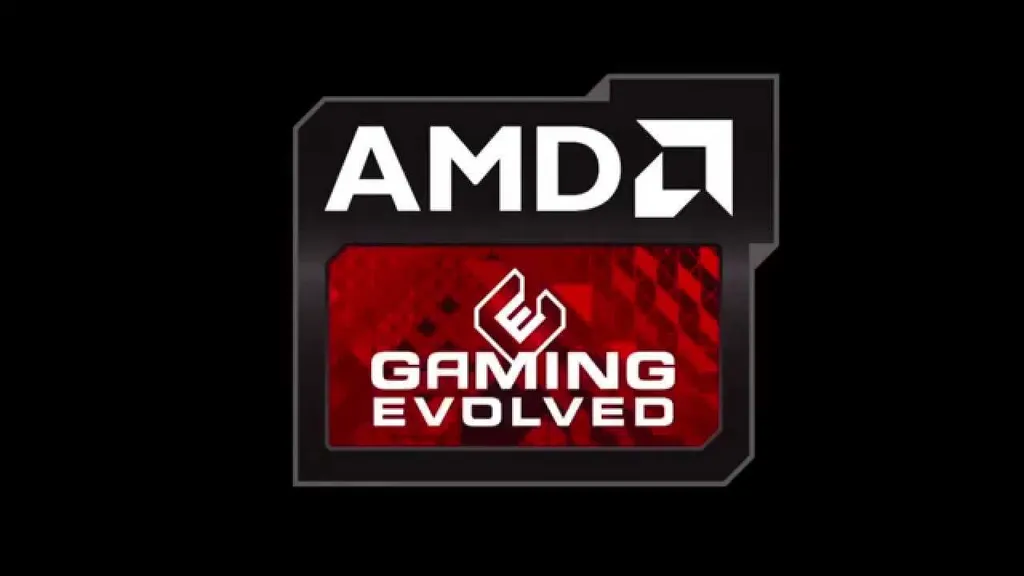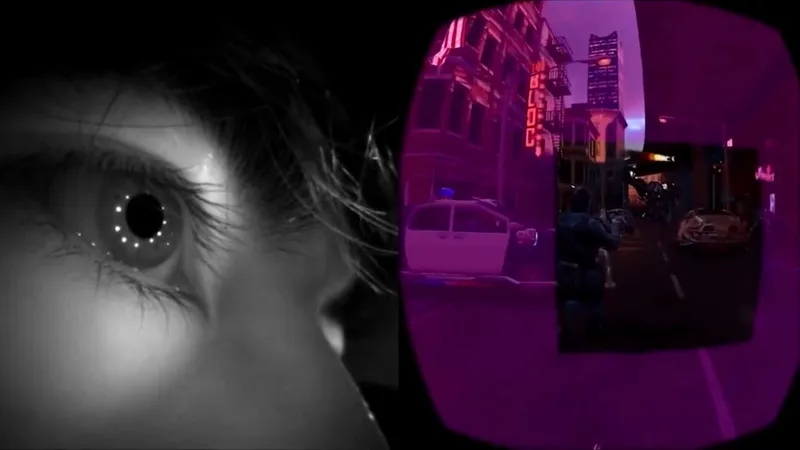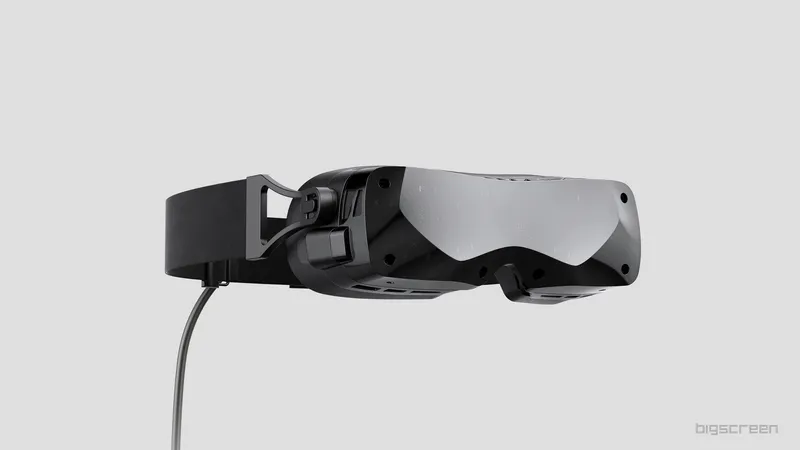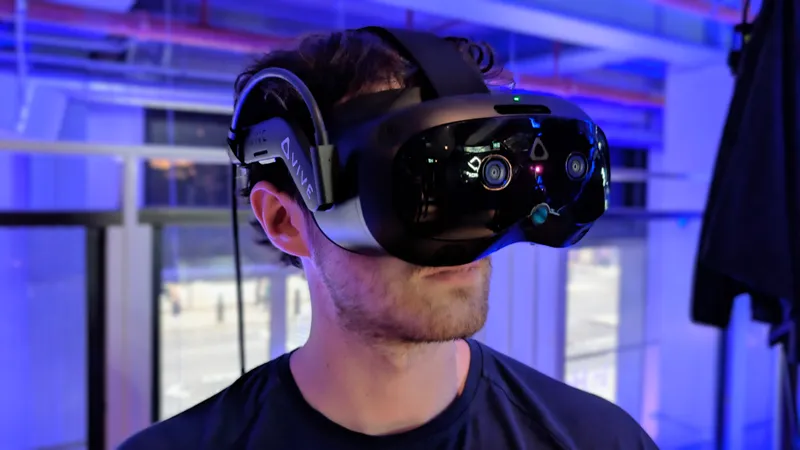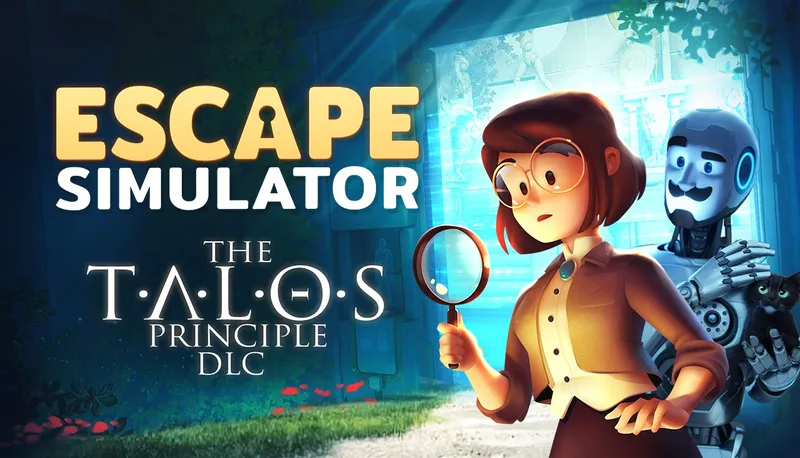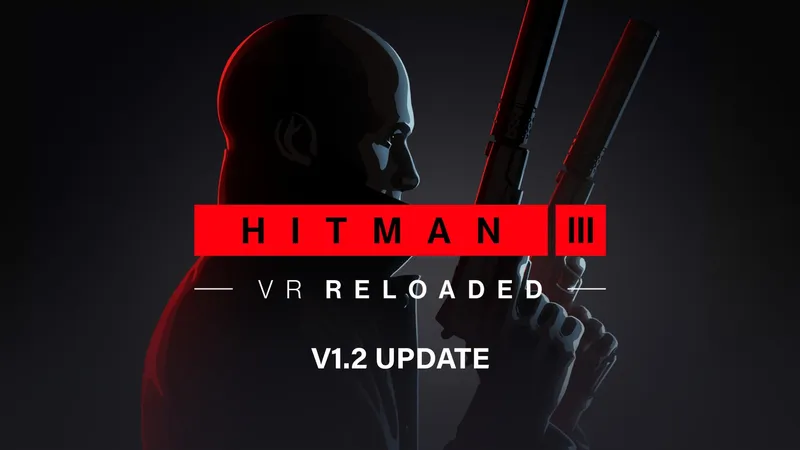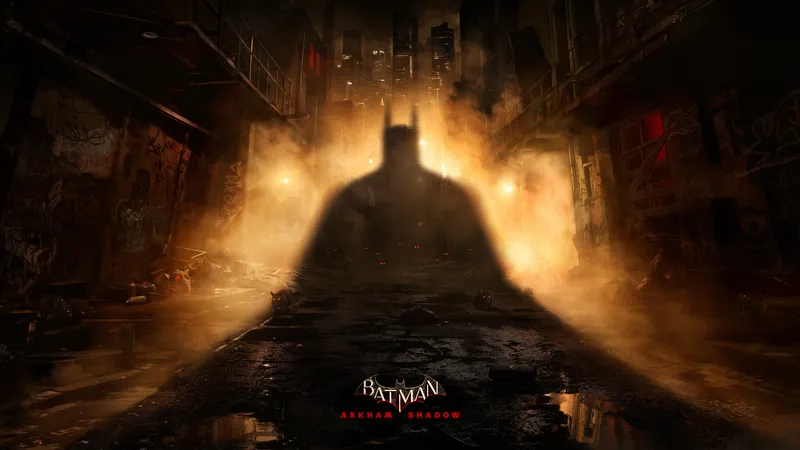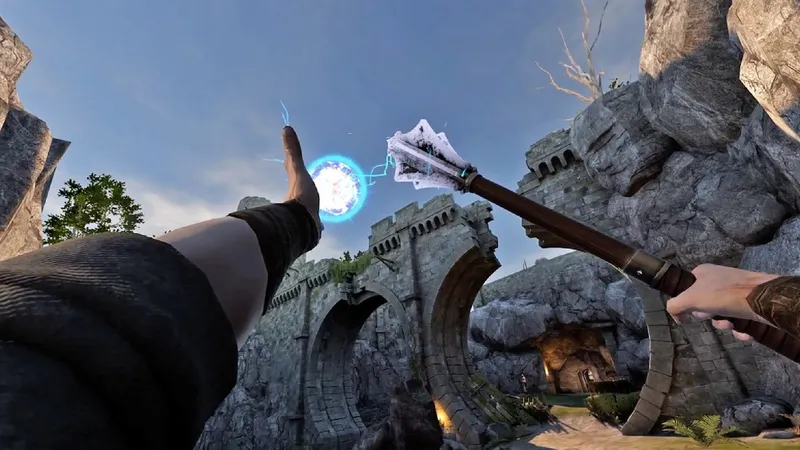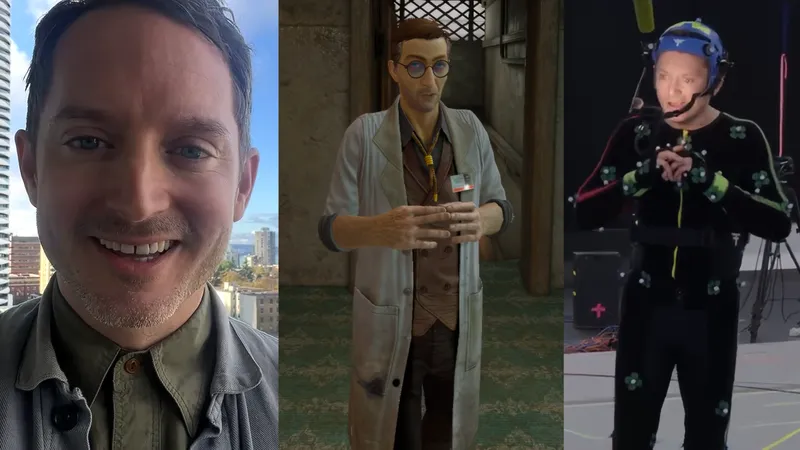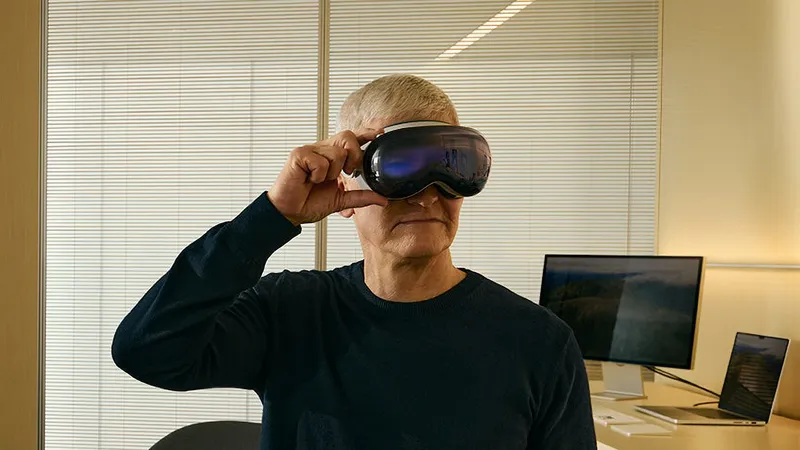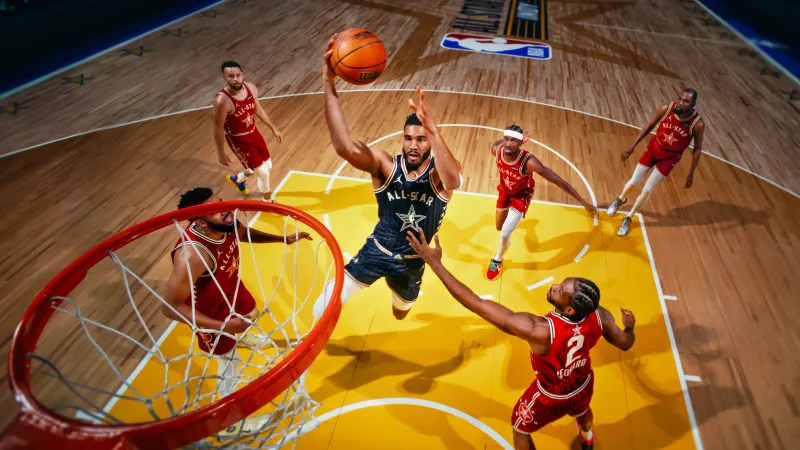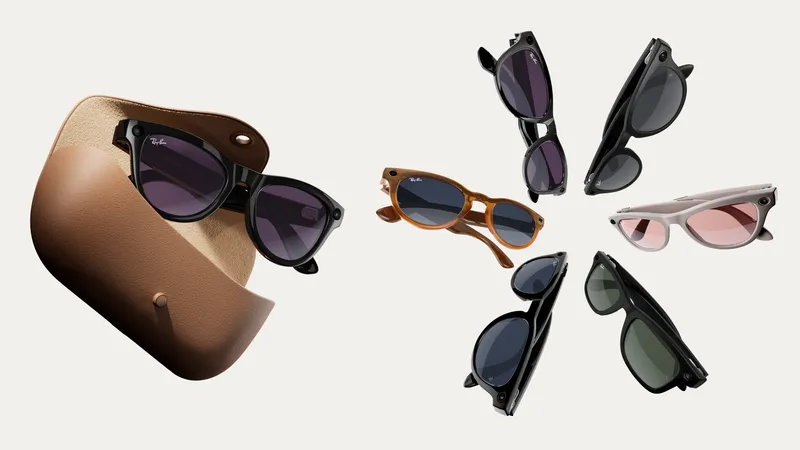AMD had a press conference at GDC to demonstrate their engagement with the gaming community and had some major VR related announcements. AMD has long supported VR through their own Liquid VR technology and have been evangelizing VR for quite some time. So these announcements at their Capsaicin and Cream event made complete sense. GDC is a developer-focused conference so its worth remembering that many of these announcements will not have a direct impact on consumers, but rather an indirect effect as a result of decisions made by developers.
The first major announcement from AMD was that they have worked with Valve to support asynchronous reprojection, which is Valve’s own feature that exists to improve the VR experience and eliminate judder. This feature is akin to Oculus’ asynchronous time warp but for Valve’s Vive platform. The hardware manufacturer will support this feature through a driver update and Valve will support it through an update to SteamVR which is the company’s component of the Steam gaming platform. Valve actually launched this feature back in November along with NVIDIA, but now AMD is bringing support for this feature to their GPUs in March, which is a welcome addition for anyone running an AMD GPU with a Vive.
AMD also added support for a forward rendering path with Unreal Engine 4, which is one of the most popular engines in the world and is commonly used by some of the top game developers in the world. This forward rendering path feature is yet another VR-related feature that improves overall image quality in VR since HMDs are not the same as computer monitors and behave differently. As a result, lots of applications support forward rendering to deliver faster and better looking VR applications. Not all developers necessarily find forward rendering to be their cup of tea, but having support for the option is important for AMD to be relevant in VR.
Last, but not least, AMD announced their biggest partnership of the year and possibly in the company’s history with game developer and publisher Bethesda. This partnership will very likely stretch outwards into areas like VR, which is why it’s such a big deal. After all, Bethesda is releasing Fallout 4 in VR and it sounds like it will very likely ship with Vulkan which is a very good low level API that can squeeze the most performance out of virtually any CPU and GPU combination. However, AMD’s partnership with Bethesda is clearly designed to help them get better support for their GPU and CPU features in games and to accelerate performance in VR and other applications.
AMD did not announce anything regarding their new GPU code named Vega other than the fact that it will commercially be called Vega. Many people have been anticipating AMD’s newest GPUs using the new Vega architecture, but in the meantime, NVIDIA has announced their own GTX 1080 Ti which appears to once again raised the bar for AMD to compete with them
Disclosure: Anshel’s firm, Moor Insights & Strategy, like all research and analyst firms, provides or has provided research, analysis, advising, and/or consulting to many high-tech companies in the industry, including AMD, NVIDIA and others. He does not hold any equity positions with any of the companies cited.

